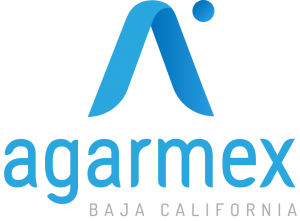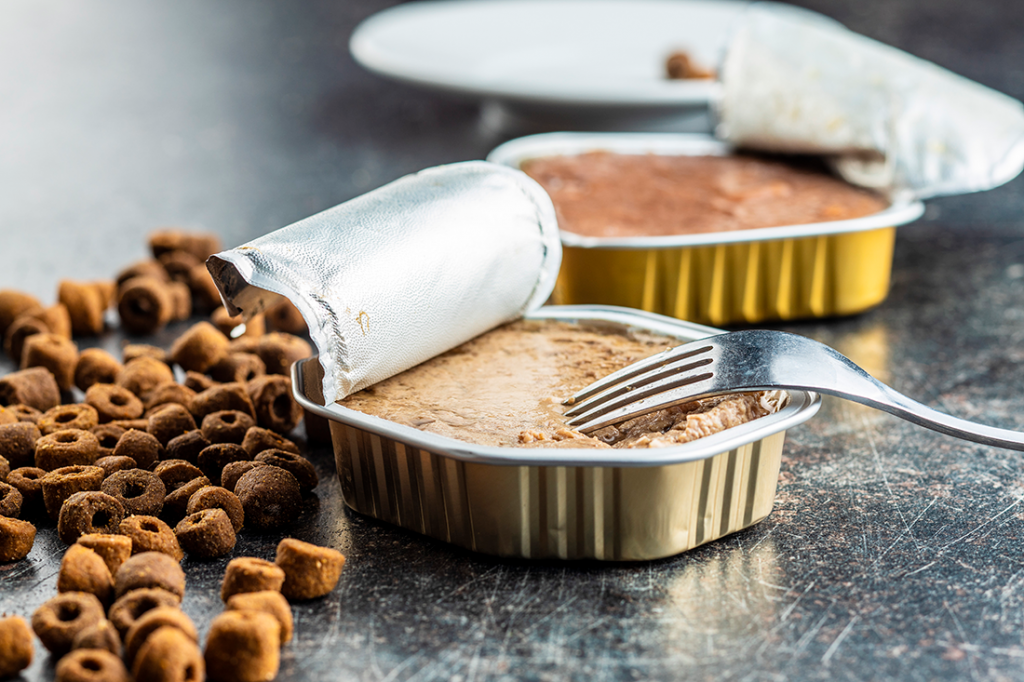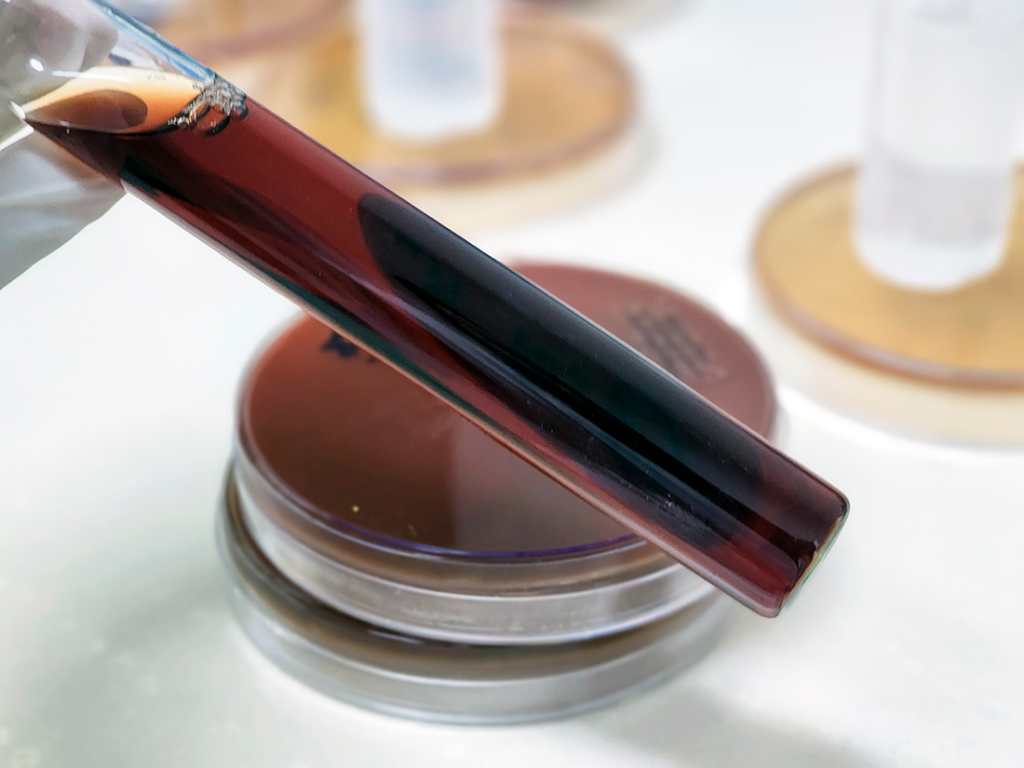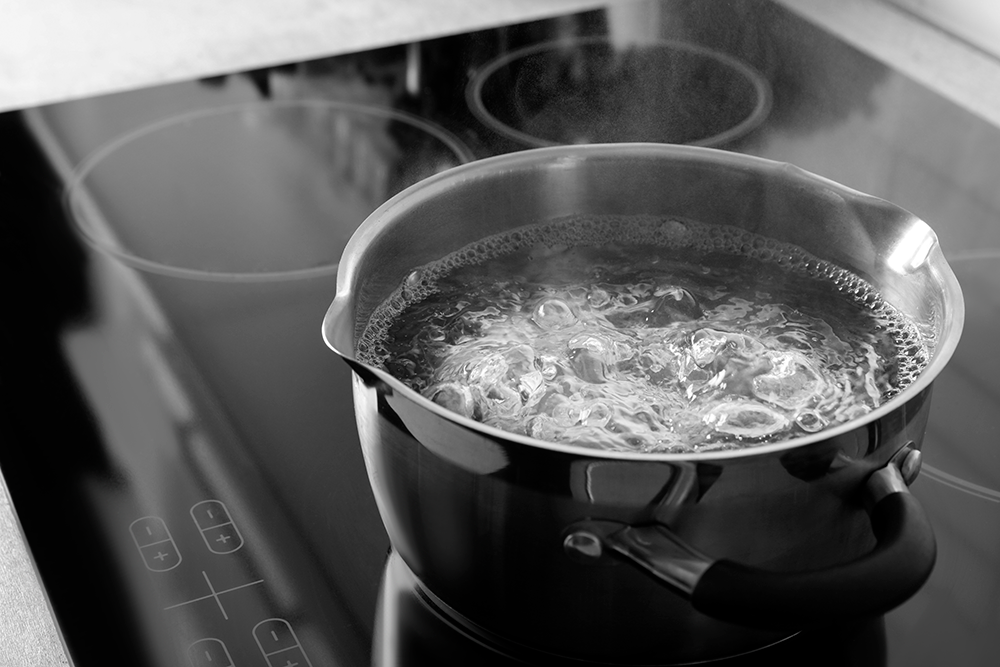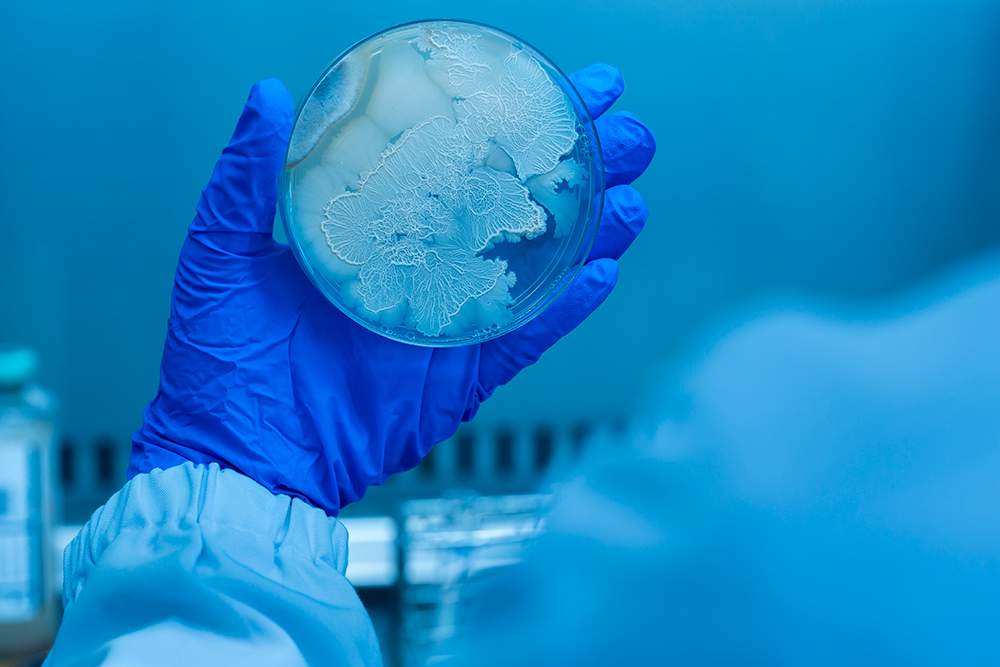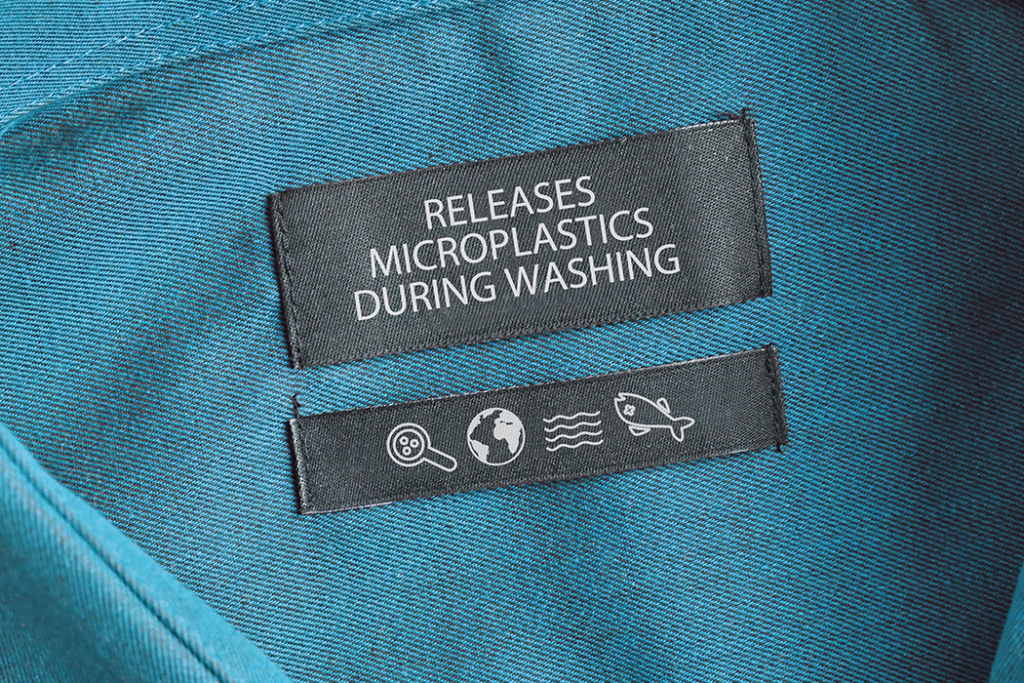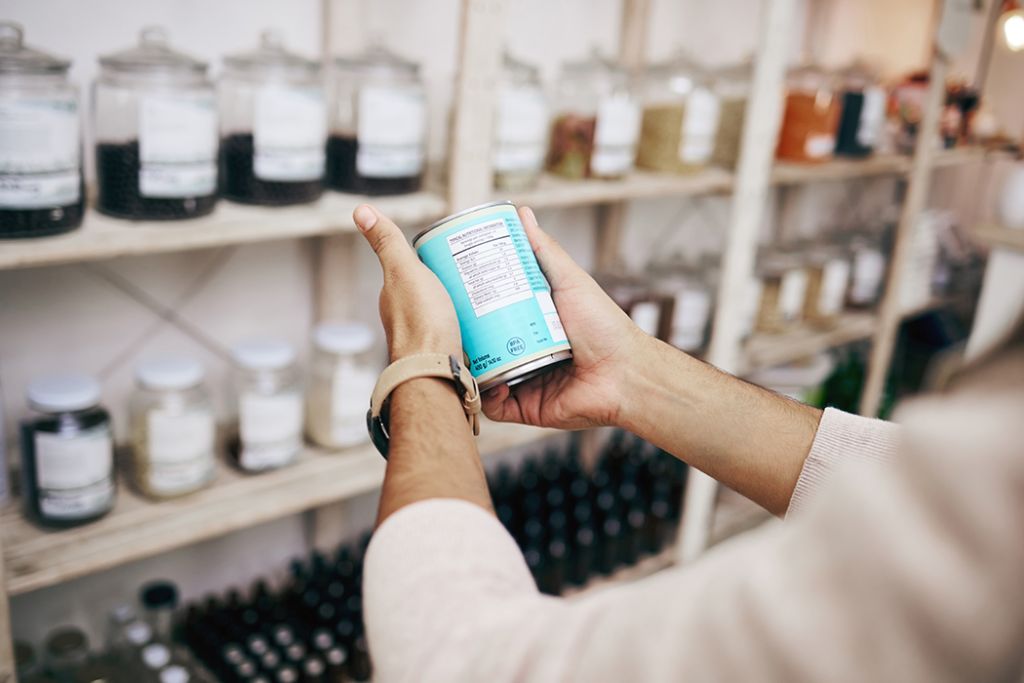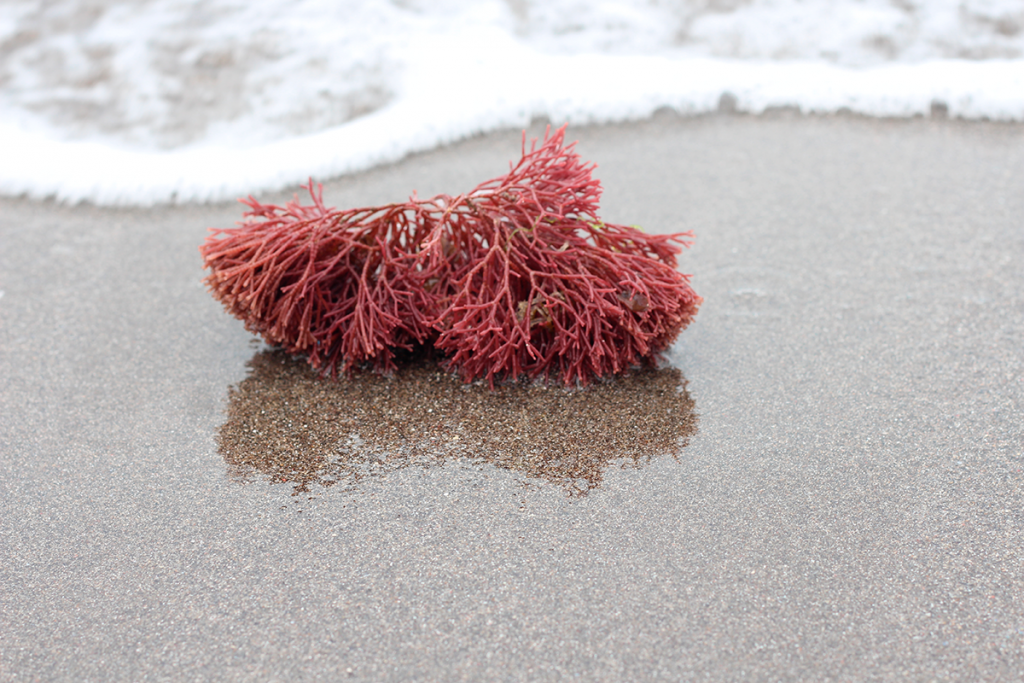
Sea kelps, traditionally essential in Asian cuisine, are gaining international popularity due to their versatility across various industries. From food production to scientific research, sea kelps present a source of innovation and multiple possibilities.
There are increasingly more projects seeking to discover new uses for the large amount of waste generated during algae processing.
Supply of Sustainable Nutritional Ingredients:
Sea kelps are capturing the attention of the food industry by offering innovative and sustainable ingredients. Agar-agar, for instance, is widely utilized as a thickening agent in processed foods, providing a natural and environmentally friendly alternative to conventional ingredients.
Health Applications:
In the health sector, sea kelps are proving to be versatile ingredients with various applications in creating new products, from nutritional supplements to skincare formulations. Their richness in omega-3 and antioxidant properties make them essential components in wellness and personal care products.
Microbiology in Research:
The applications of sea kelps in microbiology are creating new opportunities in the research domain. Their interaction with microorganisms is being explored to develop new antimicrobial and antibiotic products, offering innovative solutions for the ever-evolving demands of scientific research.
Contribution to Bioremediation:
In sustainability-focused sectors, sea kelps stand as key agents in bioremediation. Their ability to absorb water contaminants is leveraged in purifying polluted aquatic environments, presenting efficient solutions for businesses committed to environmental responsibility.
Pharmaceutical Development:
In the pharmaceutical realm, sea kelps are under intense research. Their bioactive compounds offer opportunities for developing new medications and treatments, promising prospects for innovation in the healthcare industry.
In conclusion, sea kelps offer sustainable and versatile solutions. From food ingredients to advancements in scientific research, sea kelps are valuable allies in transitioning various industries towards more environmentally friendly practices and innovation in their products.
Agarmex provides a wide range of agars, peptones, and agaroses tailored to meet our customers’ needs.
